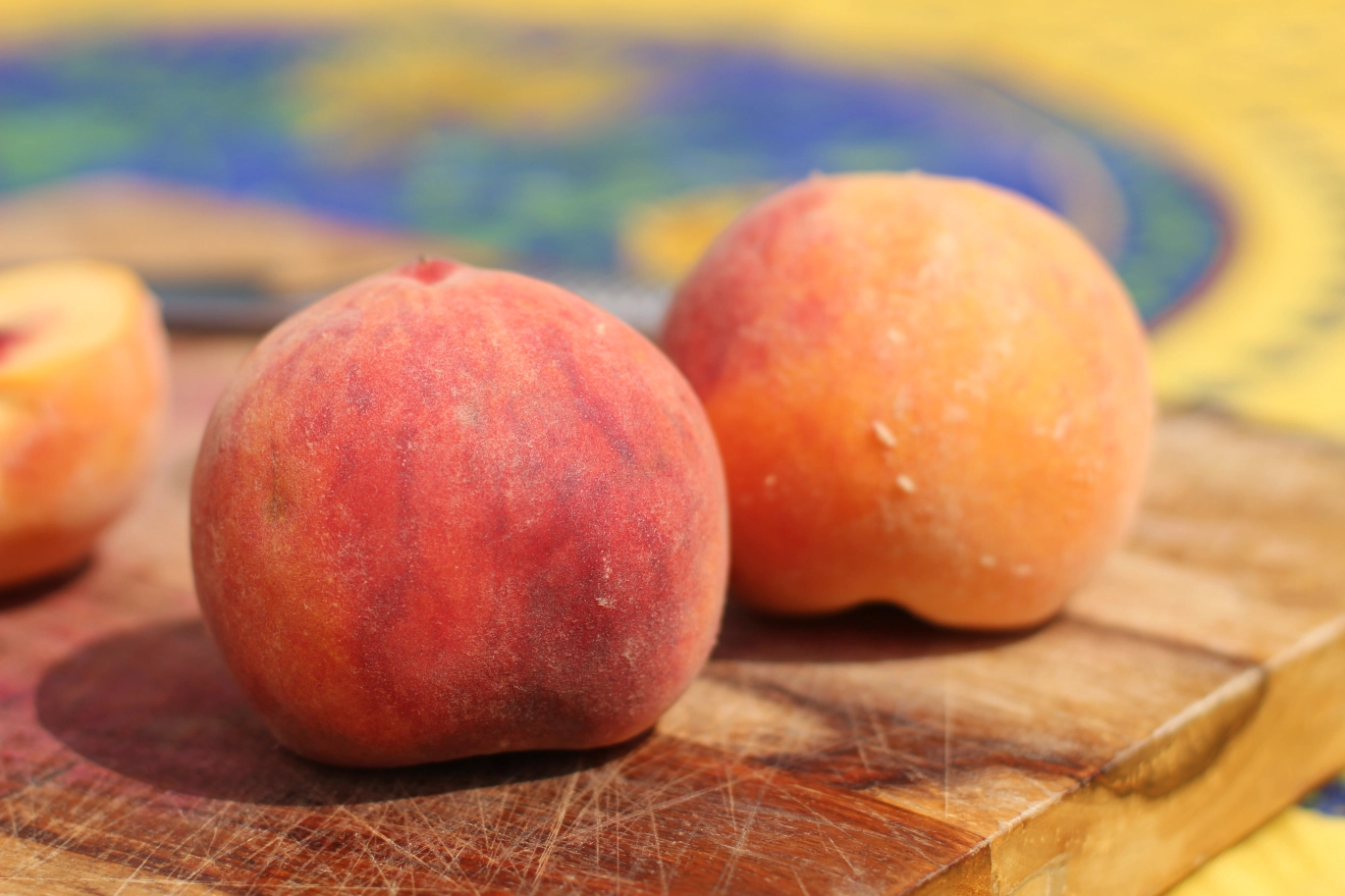

Articles
How To Store Peaches At Home
Modified: March 24, 2024
Learn how to store peaches at home with these helpful articles. Keep your peaches fresh and delicious using simple techniques and tips.
(Many of the links in this article redirect to a specific reviewed product. Your purchase of these products through affiliate links helps to generate commission for Storables.com, at no extra cost. Learn more)
Introduction
Welcome to our comprehensive guide on how to store peaches at home. Peaches are delicious, juicy fruits that are best enjoyed when they are perfectly ripe. However, if you happen to have an abundance of peaches and want to preserve them for future use, it is important to store them properly. In this article, we will share various methods for storing peaches at home. Whether you prefer to store them at room temperature, refrigerate them, freeze them, or even can them, we have got you covered. So, let’s dive in and explore the best practices for storing peaches.
Key Takeaways:
- Properly selecting and preparing ripe peaches is crucial for successful storage. Whether blanching for freezing or treating with lemon juice, careful preparation ensures maximum freshness and longevity.
- Storing peaches at room temperature, refrigerating, freezing, or canning each offer unique benefits for preserving peaches. From maintaining freshness to enjoying year-round availability, these methods cater to various storage durations and culinary preferences.
Read more: How To Store Peaches
Selecting Ripe Peaches
When it comes to storing peaches, it is crucial to start with ripe and high-quality fruit. Here are some tips to help you choose the best peaches:
- Smell: Ripe peaches should have a sweet, fragrant aroma. Take a whiff near the stem end of the peach to check if it has a pleasant smell.
- Color: The color of the peach can indicate its ripeness. Look for peaches that have a vibrant, even color. Depending on the variety, ripe peaches may range from golden yellow to deep orange or blush red.
- Texture: Gently press the skin of the peach to check for firmness. A ripe peach will give slightly when pressed, but it should not be mushy or overly soft. Avoid peaches that are too hard or have wrinkled skin.
- Weight: Ripe peaches tend to be heavier due to their high water content. Choose peaches that feel heavy for their size. This indicates that they are juicy and ripe.
- Season: Peaches are at their peak of flavor and ripeness during the summer months, typically from June to September. It is best to buy locally grown peaches during this season for the freshest and tastiest fruit.
Remember, the key to storing peaches successfully is starting with ripe peaches that are in their prime. By selecting the best quality fruit, you can ensure that your stored peaches will retain their flavor and texture for longer periods.
Preparing Peaches for Storage
Before storing peaches, it is important to prepare them properly to ensure maximum freshness and longevity. Follow these steps to prepare peaches for storage:
- Wash the peaches: Rinse the peaches under cool running water to remove any dirt or debris. Gently rub the skin with your hands to remove any residue. Pat them dry with a clean towel.
- Sort and discard damaged fruit: Inspect each peach and discard any that show signs of bruising, mold, or rot. Damaged fruit can quickly spoil and affect the quality of the surrounding peaches.
- Remove stems and leaves: Twist or cut off the stems from the peaches. Also, remove any remaining leaves attached to the stem area. This will help to prevent moisture build-up and potential mold growth during storage.
- Consider blanching: If you plan to freeze your peaches, blanching can help to preserve their color, texture, and flavor. To blanch, bring a large pot of water to a boil and add the peaches for about 30 seconds. Remove them with a slotted spoon and transfer them immediately to a bowl of ice water to cool. Finally, peel off the skin and proceed with the desired freezing method.
- Optional: Treat with lemon juice: If you prefer to prevent browning of the peaches, you can treat them with lemon juice. Mix one part lemon juice with three parts water and dip the peaches in the mixture for a few seconds. This will help to maintain the peaches’ natural color.
By taking the time to carefully prepare your peaches for storage, you are setting them up for success. Proper preparation ensures that the peaches remain fresh and maintain their flavor and texture throughout the storage period.
Storing Peaches at Room Temperature
If you plan to consume your peaches within a few days, storing them at room temperature is a great option. Follow these guidelines for storing peaches at room temperature:
- Keep them in a cool, dry place: Find a spot in your kitchen or pantry away from direct sunlight and heat sources. Peaches are sensitive to heat and can quickly ripen and spoil if stored in a warm environment.
- Avoid crowding: Do not stack peaches on top of each other. Instead, place them in a single layer in a shallow tray or basket. This allows for proper air circulation, preventing the peaches from becoming overly ripe or molding.
- Check for ripeness: Regularly check the peaches for ripeness by gently pressing the skin. They are ready to eat when they give slightly under pressure without being too soft.
- Separate ripe and unripe peaches: If you have both ripe and unripe peaches, it is best to store them separately. Ripe peaches release ethylene gas, which can cause nearby fruits to ripen more quickly. To slow down the ripening process, store ripe peaches in a paper bag or a storage container with a lid.
- Use them in recipes: If you find that you have ripe peaches that you won’t be able to consume in time, consider using them in recipes like peach cobbler, pies, or jams. This way, you can enjoy the delicious flavors of the peaches while also preserving them for a longer period.
Remember, peaches stored at room temperature will continue to ripen, so it is important to keep an eye on them and consume them promptly. If you have a large harvest or need to store peaches for an extended period, consider refrigerating or freezing them for longer-term preservation.
Store peaches at room temperature until ripe, then refrigerate in a paper bag for up to 5 days. For longer storage, freeze peeled and sliced peaches in a single layer on a baking sheet, then transfer to a freezer bag.
Refrigerating Peaches
Refrigerating peaches can help prolong their shelf life and maintain their freshness. Follow these steps to properly refrigerate your peaches:
- Wait until fully ripe: Ideally, it is best to refrigerate peaches when they are fully ripe to preserve their flavor and texture. If your peaches are still unripe, you can leave them at room temperature until they reach the desired ripeness and then transfer them to the refrigerator.
- Place them in a breathable container: Place the peaches in a paper bag or a breathable container, such as a mesh bag or a perforated plastic bag. This allows for proper air circulation, preventing the peaches from becoming too moist and developing mold.
- Store them in the crisper drawer: The crisper drawer in your refrigerator provides the optimal humidity level for storing fruits and vegetables. Place the bagged peaches in the crisper drawer and set the humidity dial to low or medium.
- Keep them separated: Avoid crowding or stacking the peaches in the refrigerator. Give them some space to prevent bruising or decay.
- Check and rotate: Regularly check the peaches for any signs of spoilage. Remove any overripe or moldy peaches to prevent them from affecting the others. Additionally, gently rotate the peaches to ensure even ripening and freshness.
- Use within a few days: While refrigeration can extend the shelf life of peaches, it is still advisable to consume them within a few days. The cool temperature will slow down the ripening process but will not completely stop it.
Refrigerating peaches is a great option if you want to enjoy them over a slightly longer period. However, make sure to check them regularly and consume them before they become overripe or develop mold.
Read more: How To Store Unripe Peaches
Freezing Peaches
Freezing peaches is an excellent way to preserve their flavor and texture for an extended period. Follow these steps to freeze peaches:
- Prepare the peaches: Wash the peaches thoroughly and remove any stems, leaves, or blemishes. If desired, you can blanch the peaches to preserve their color and texture (see the “Preparing Peaches for Storage” section for blanching instructions).
- Peel and slice: If you prefer, you can peel the peaches before freezing. To do this, score an “X” at the bottom of each peach and blanch them for about 30 seconds. Transfer them to an ice bath to cool, then peel off the skin. Slice the peaches into desired sizes or halve them.
- Treat with lemon juice or sugar syrup: To prevent browning, you can treat the cut peaches with a mixture of lemon juice and water or dip them in a sugar syrup. This step is optional but can help maintain the peaches’ color and flavor.
- Pack into freezer-safe containers: Place the sliced or halved peaches into freezer-safe containers or plastic freezer bags. Remove as much air as possible from the bags, then seal them tightly. If using containers, leave some headspace to allow for expansion during freezing.
- Label and freeze: Label the containers or bags with the date and contents, then place them in the freezer. Be sure to lay them flat in a single layer until they are frozen solid. Once frozen, you can stack the bags or containers to save space.
- Use within a year: Frozen peaches can be stored for up to a year in the freezer. However, for optimal flavor and texture, it is recommended to use them within 6 to 8 months.
- Thawing and using frozen peaches: When you’re ready to use the frozen peaches, thaw them in the refrigerator overnight or at room temperature for a few hours. You can add them to smoothies, pies, cobblers, or other recipes straight from the freezer. Keep in mind that the texture may be slightly softer after freezing.
Freezing peaches allows you to enjoy their sweet flavor and juiciness even during the off-season. Whether you freeze them in slices, halves, or even puree them for various culinary uses, frozen peaches are a versatile ingredient to have on hand.
Canning Peaches
Canning peaches is an excellent way to preserve their natural flavor and enjoy them throughout the year. Here’s a step-by-step guide on how to can peaches:
- Select ripe peaches: Choose peaches that are fully ripe but still firm. Avoid overripe or mushy peaches, as they may not hold their shape well during the canning process.
- Prepare the peaches: Wash the peaches thoroughly and remove any stems, leaves, or blemishes. If desired, you can blanch the peaches to make the skin easier to peel (see the “Preparing Peaches for Storage” section for blanching instructions).
- Peel and pit: Peel the peaches using a sharp knife or a blanching and peeling method. Cut the peaches in half and remove the pits. You can choose to leave the peaches halved or slice them into desired sizes.
- Prepare the canning jars: Sterilize your canning jars and lids by boiling them in hot water for a few minutes. This helps ensure that your peaches stay fresh and free from harmful bacteria.
- Make a syrup: Prepare a syrup to pour over the peaches in the jars. The syrup can be light, medium, or heavy, depending on your preference for sweetness. You can find various syrup recipes online or consult a canning recipe book for guidance.
- Pack the peaches: Place the peeled and pitted peaches into the sterilized canning jars, leaving a 1/2 inch (1.2 cm) headspace at the top. Pour the prepared syrup over the peaches, ensuring they are fully covered but still leaving the headspace.
- Seal the jars: Wipe the rims of the jars with a clean, damp cloth to remove any syrup or residue. Place the sterilized lids on the jars and screw the bands until they are fingertip tight.
- Process the jars: Depending on your altitude and the canning recipe you are following, process the jars in a canning pot or water bath canner. Follow the specific instructions for your recipe to ensure proper processing time.
- Cool and store: After processing, remove the jars from the canner and allow them to cool on a clean towel or cooling rack. Once cooled, check that each jar is properly sealed by pressing down on the center of the lids. Store the properly sealed jars in a cool, dark place.
- Label and use: Finally, label each jar with the date and contents. Canned peaches can be stored for up to a year, but it is recommended to consume them within 8 to 12 months for the best quality.
Canning peaches allows you to savor the taste of perfectly ripe fruit even when peaches are out of season. Enjoy canned peaches in pies, cobblers, or simply on their own as a delicious and healthy snack.
Conclusion
Storing peaches at home is a great way to ensure that you can enjoy their sweet, juicy goodness long after the peak season. By selecting ripe peaches, preparing them properly, and using the appropriate storage methods, you can extend their freshness and preserve their flavor. Whether you choose to store peaches at room temperature, refrigerate them, freeze them, or can them, each method offers its own benefits and is suited to different storage durations.
When storing peaches at room temperature, remember to keep them in a cool, dry place and separate ripe and unripe peaches to control the ripening process. If you opt for refrigeration, use breathable containers and store them in the crisper drawer of your refrigerator. Freezing peaches is an excellent option for long-term storage, allowing you to enjoy their taste and texture even during the off-season. Lastly, canning peaches provides a delicious way to preserve their natural flavor and enjoy them throughout the year.
Remember, regardless of the storage method you choose, always check your peaches regularly for signs of spoilage or mold. It is also essential to follow proper food safety guidelines and use clean, sterilized containers for canning or freezing. By taking these precautions and storing peaches correctly, you can savor the delightful taste of fresh peaches well beyond their harvest season.
So, go ahead and apply these storage techniques to make the most of your peach harvest or take advantage of the abundance of peaches available. Enjoy the delightful flavors of peaches year-round and add them to your favorite recipes or simply enjoy them as a refreshing snack.
Frequently Asked Questions about How To Store Peaches At Home
Was this page helpful?
At Storables.com, we guarantee accurate and reliable information. Our content, validated by Expert Board Contributors, is crafted following stringent Editorial Policies. We're committed to providing you with well-researched, expert-backed insights for all your informational needs.
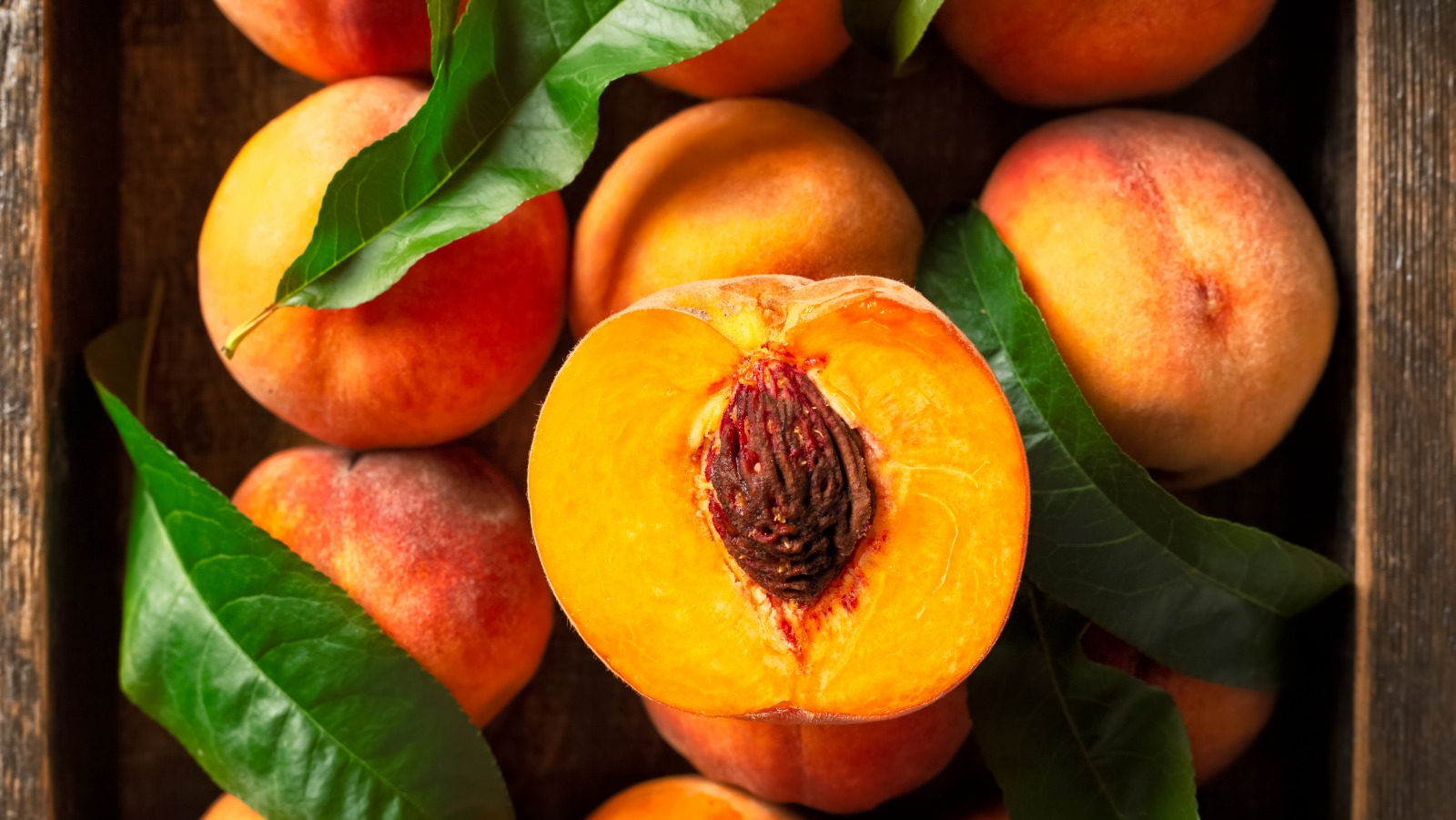
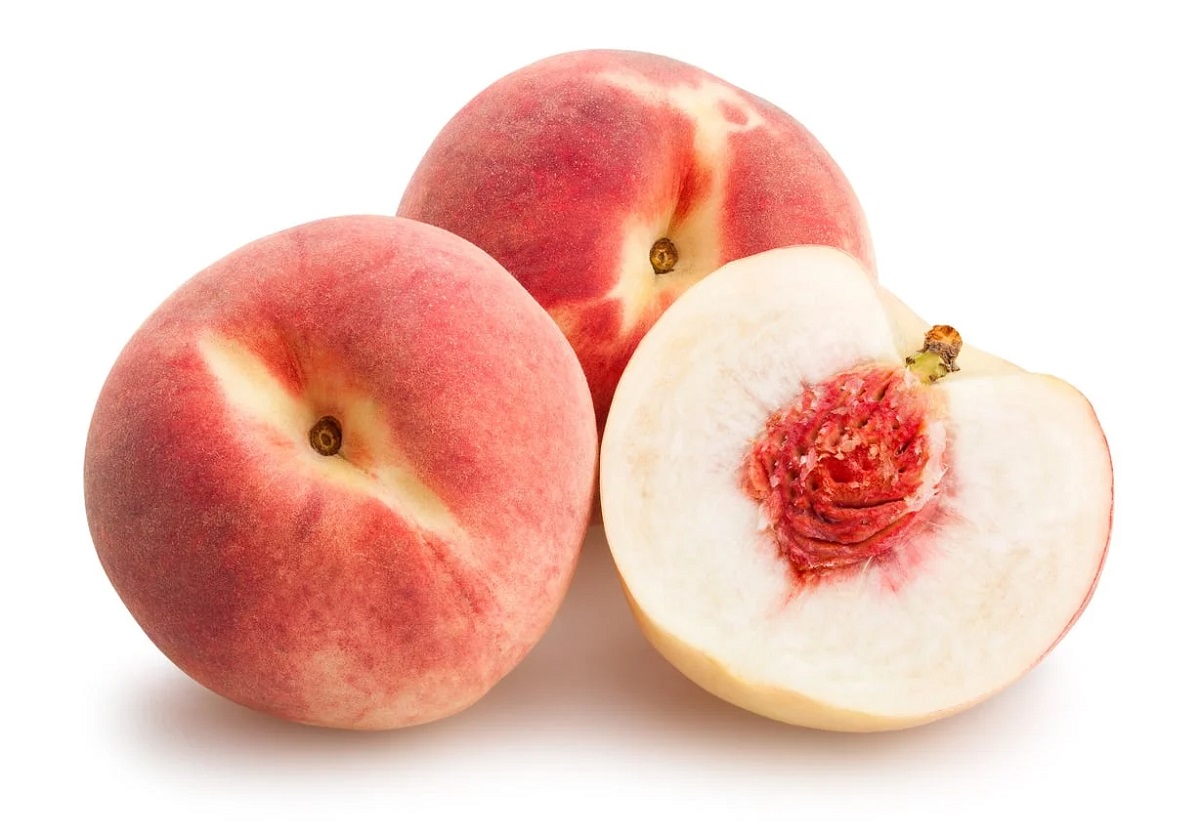
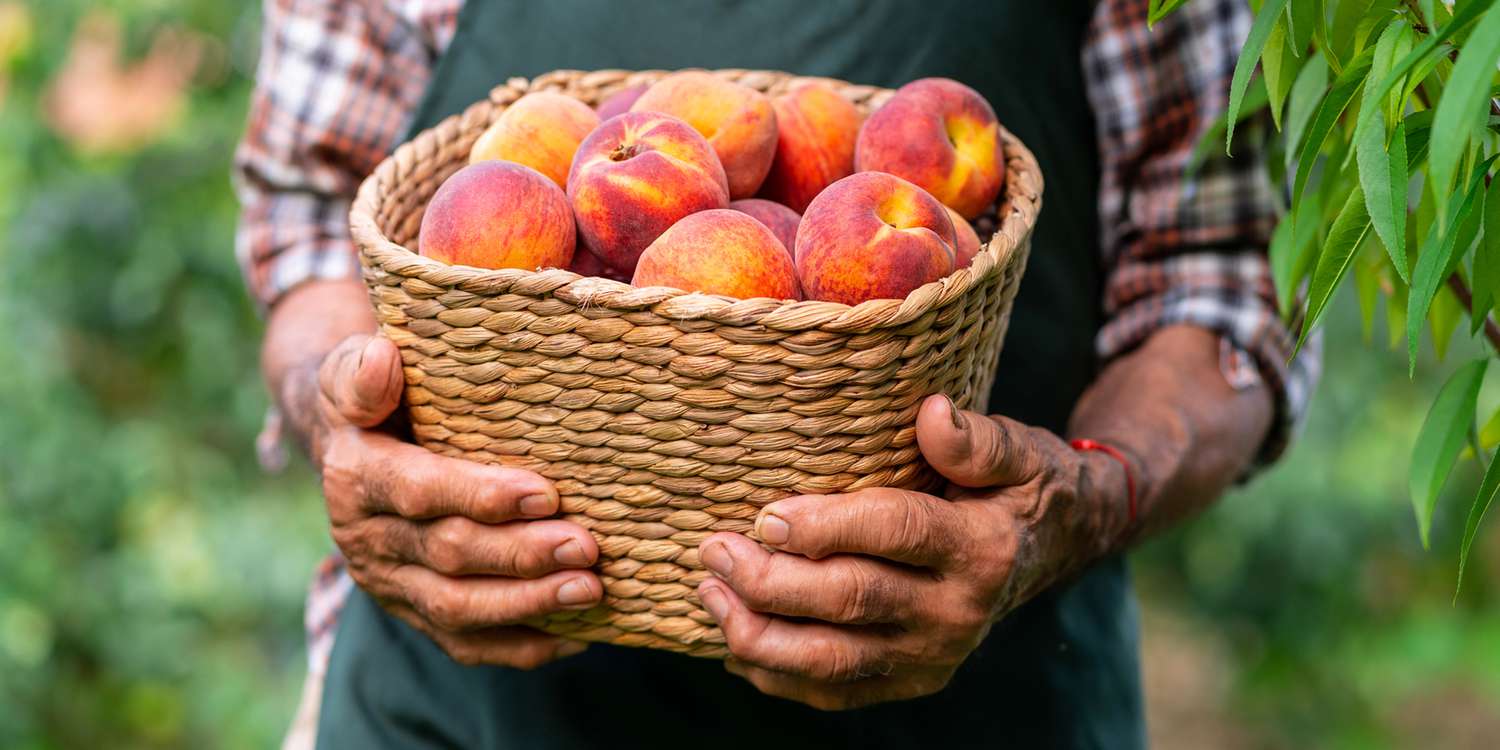
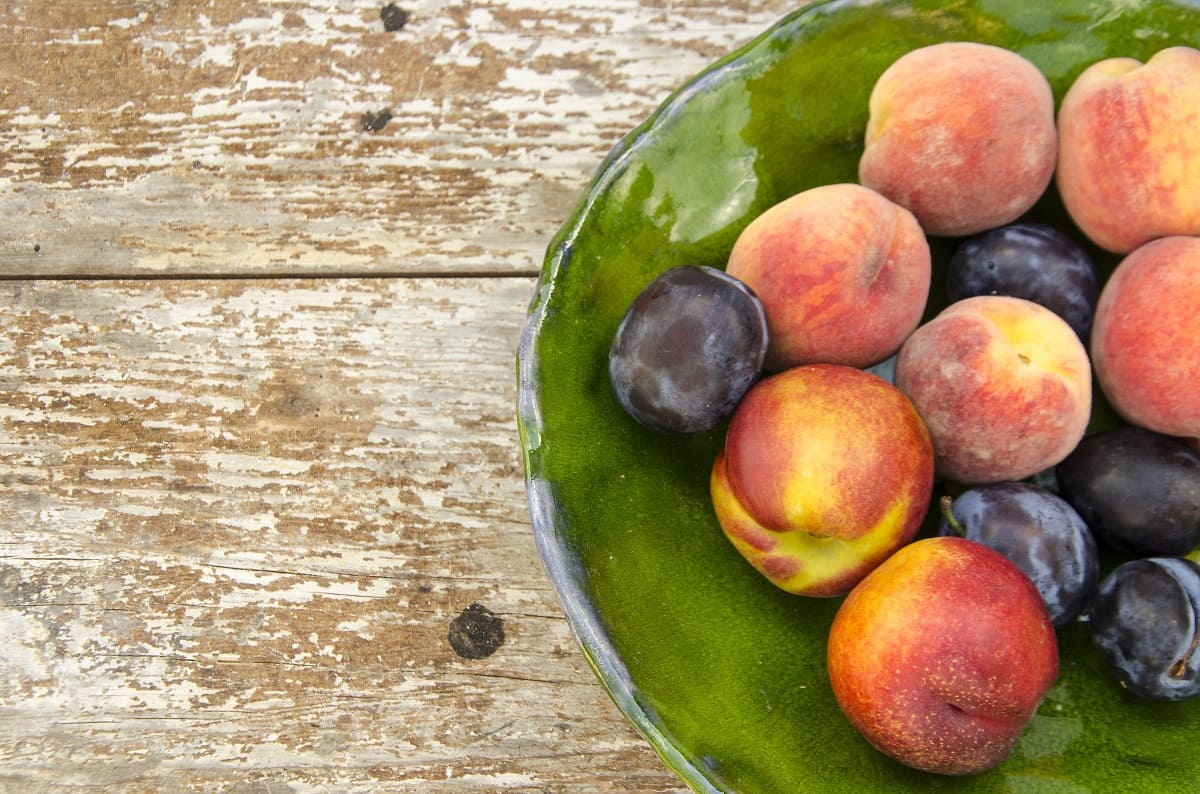
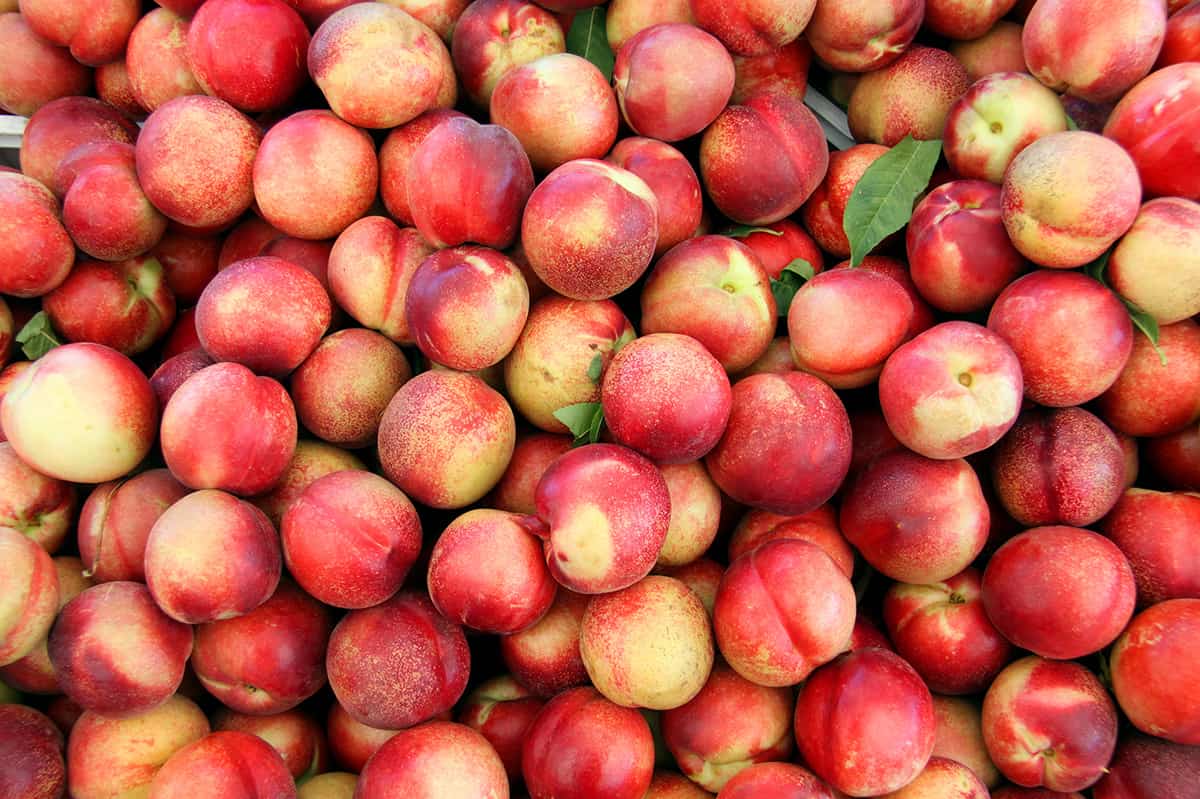
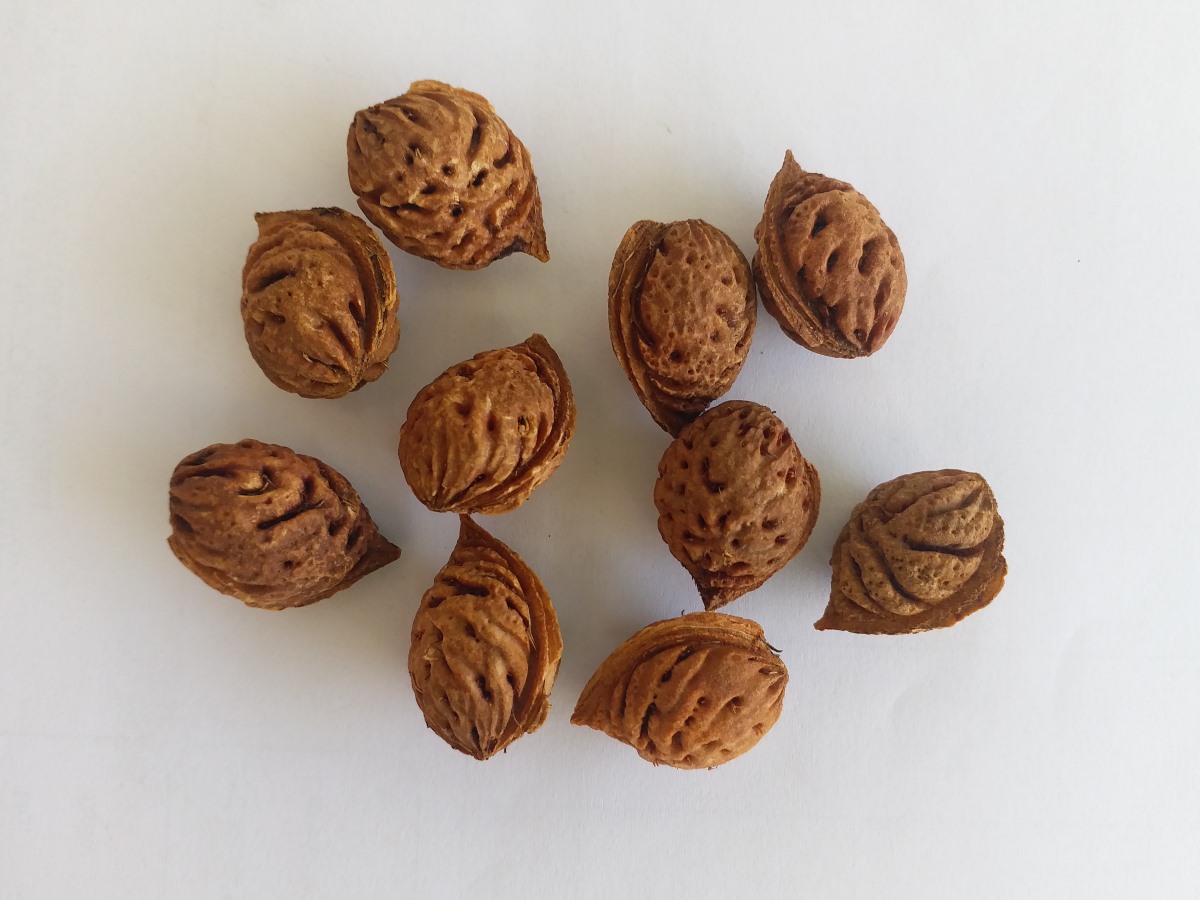
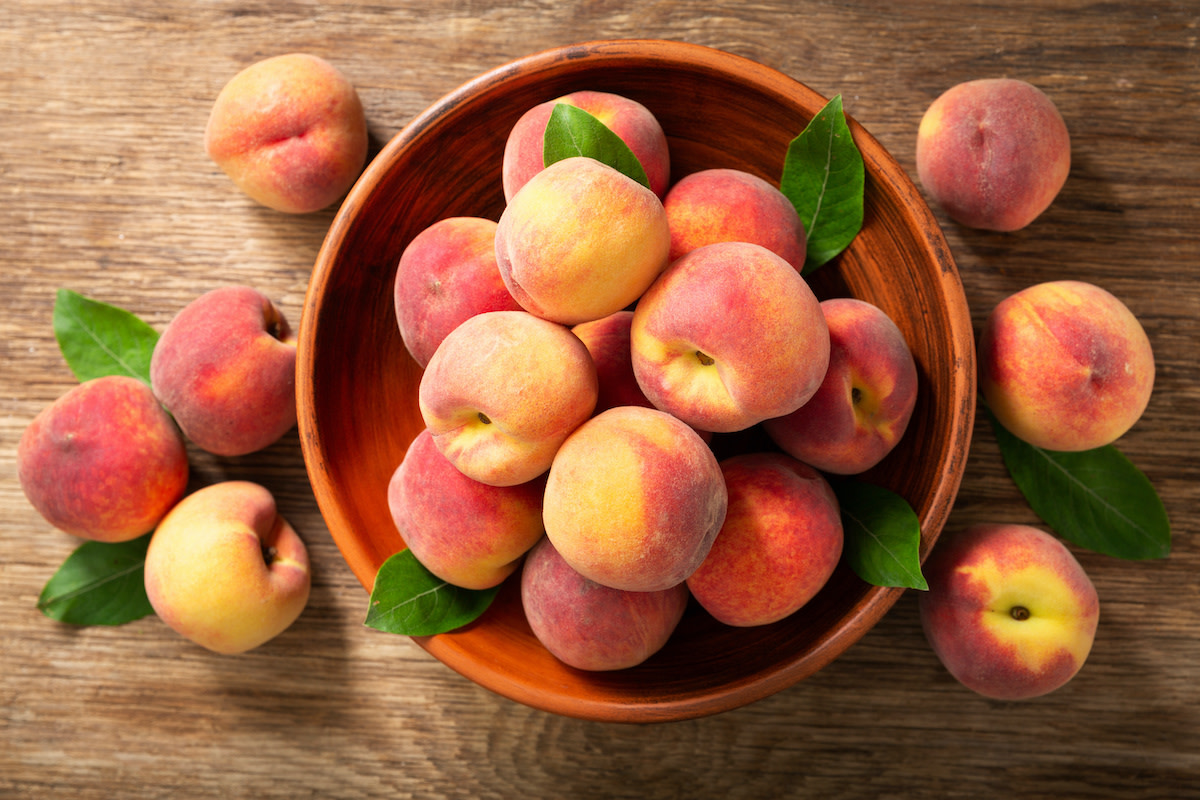
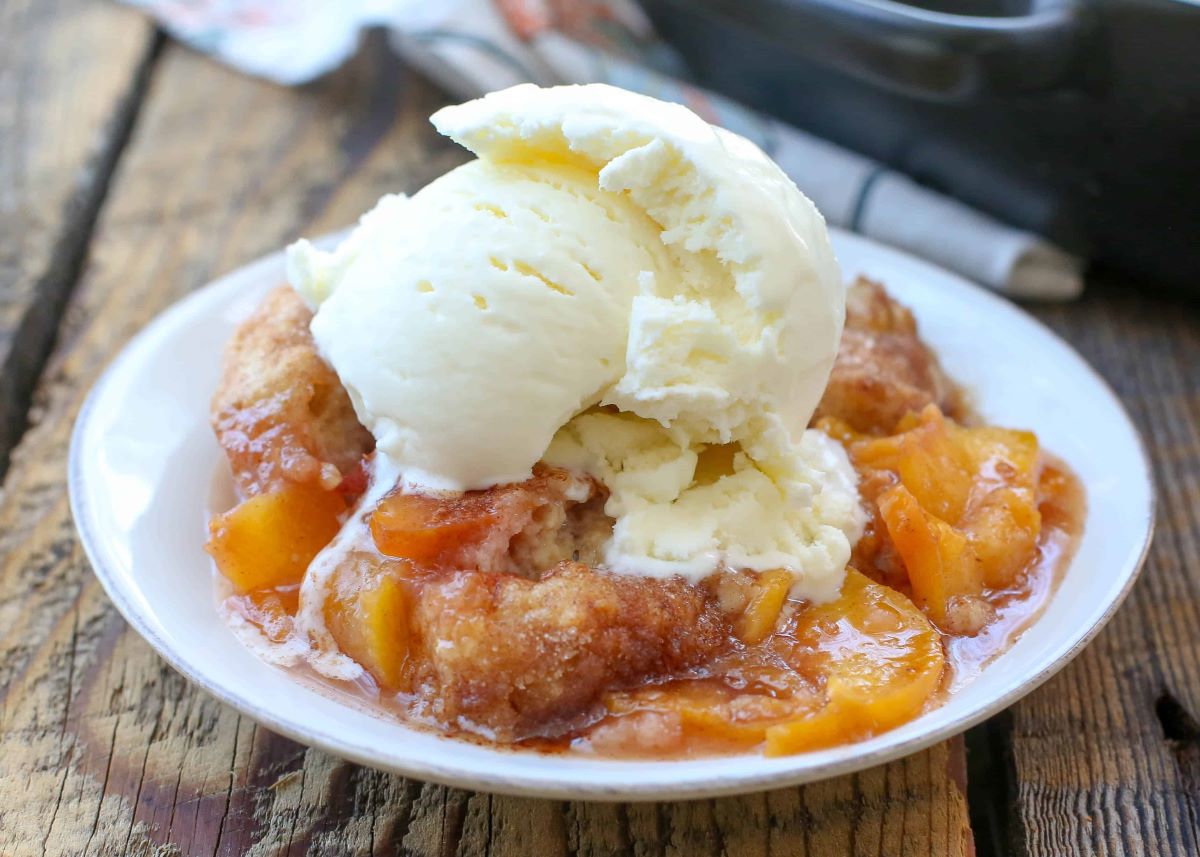
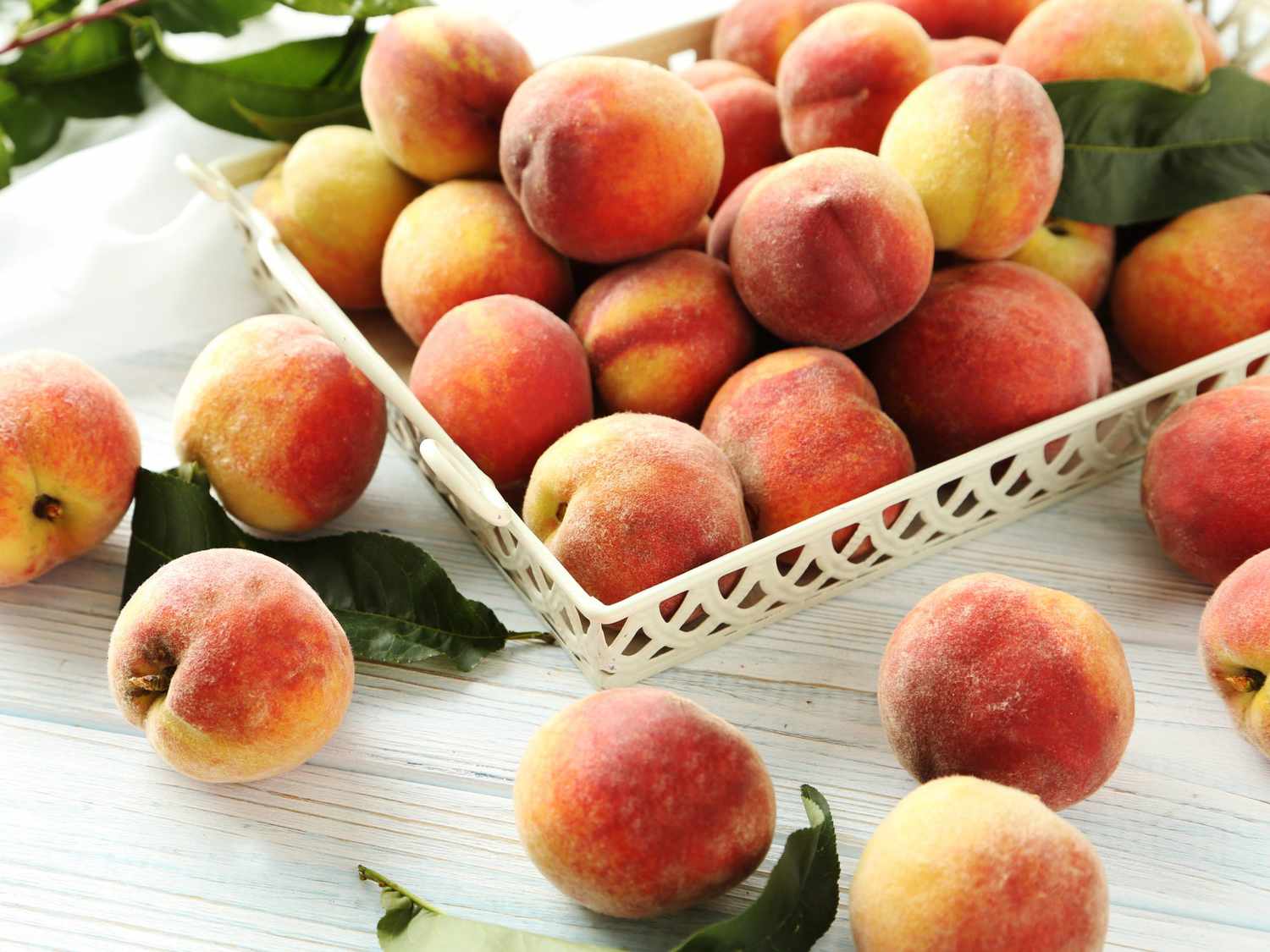
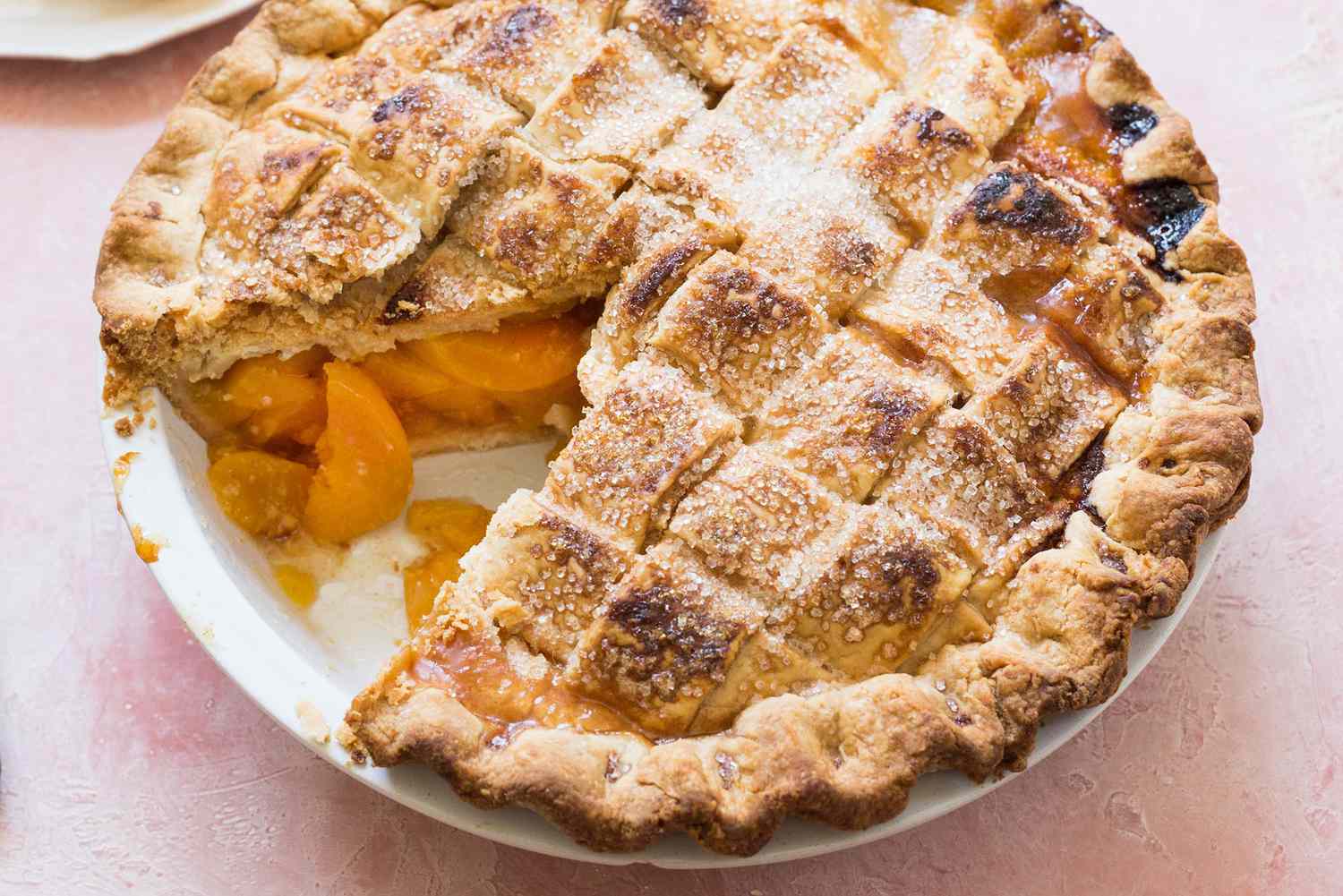

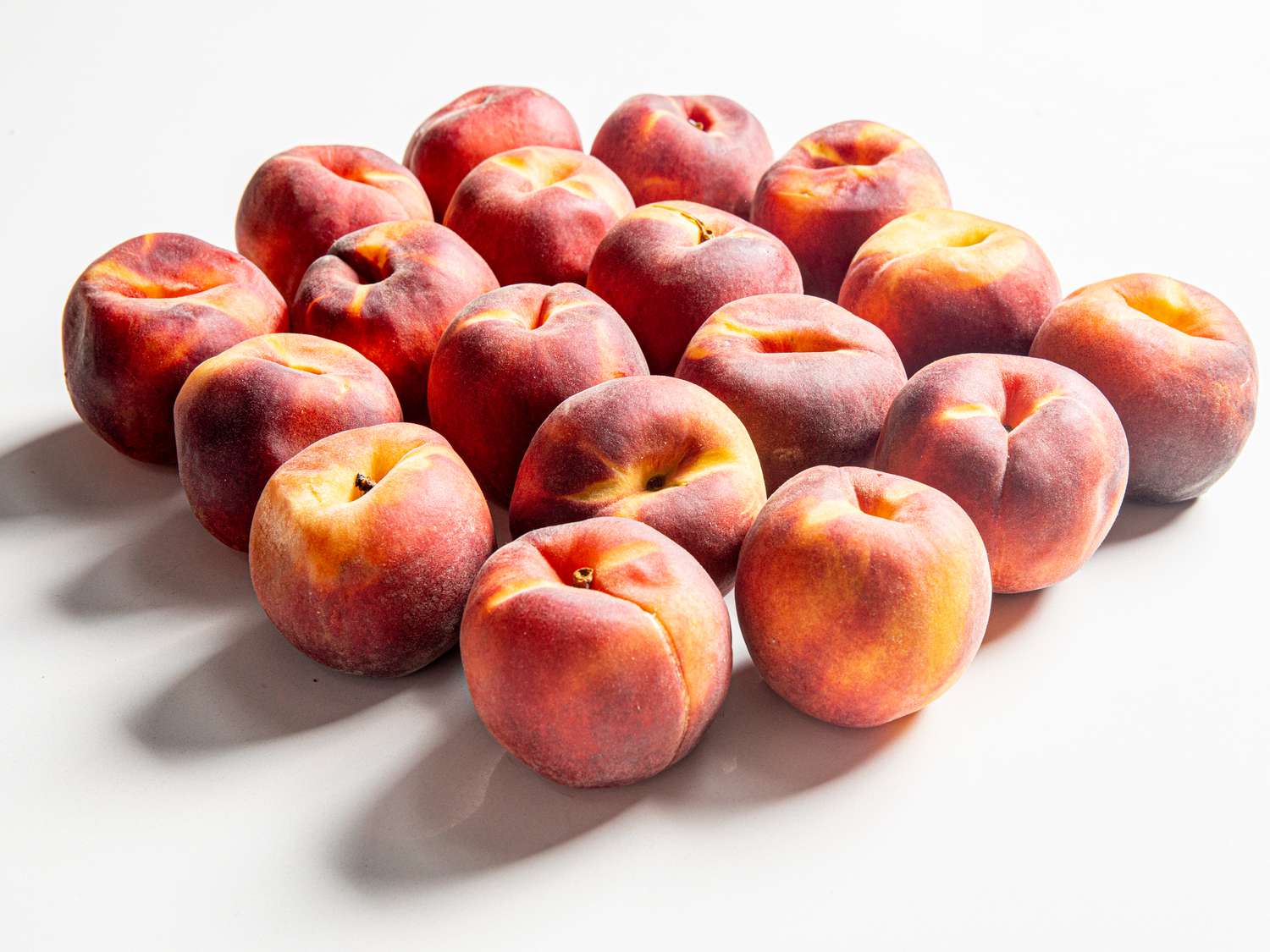

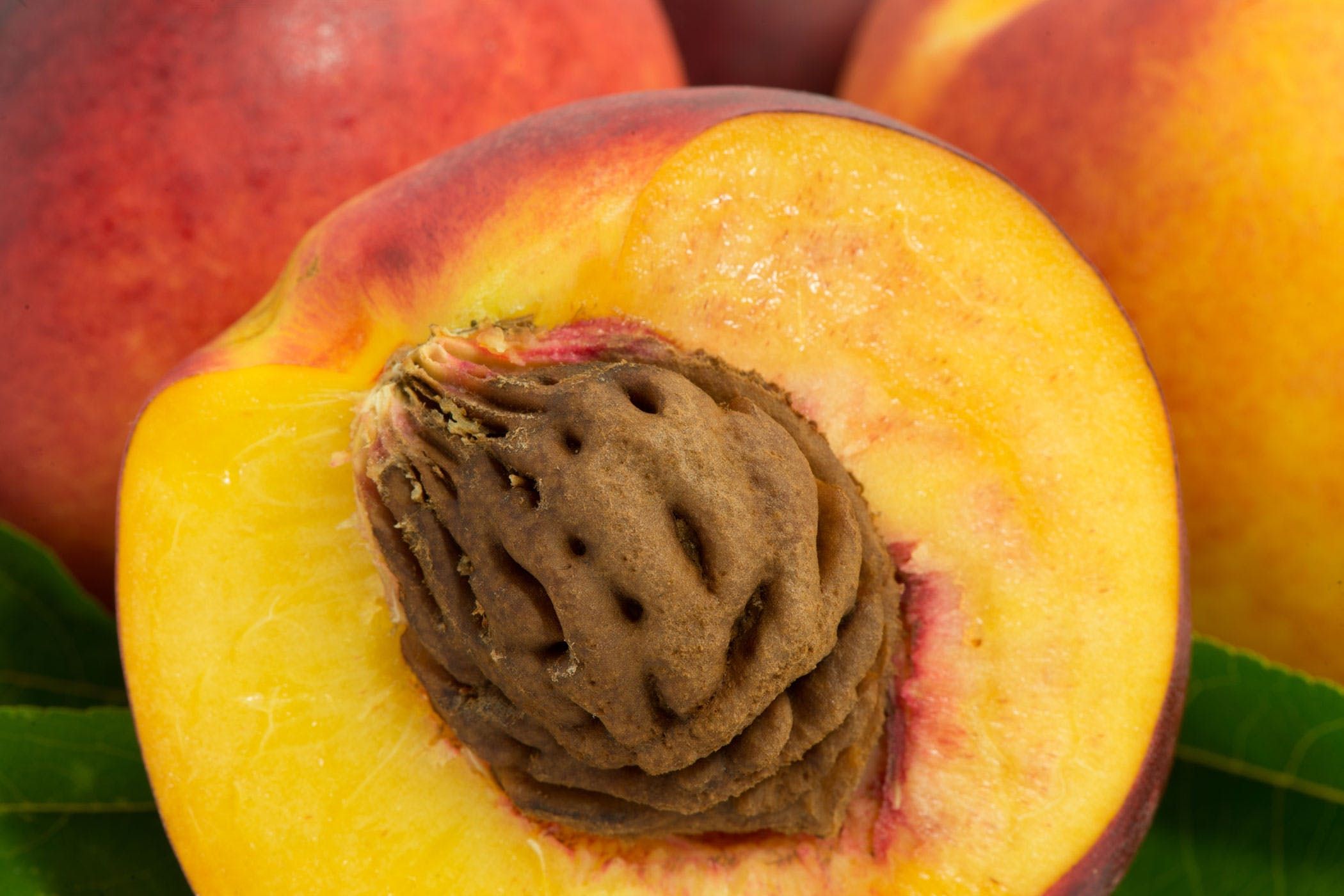

0 thoughts on “How To Store Peaches At Home”